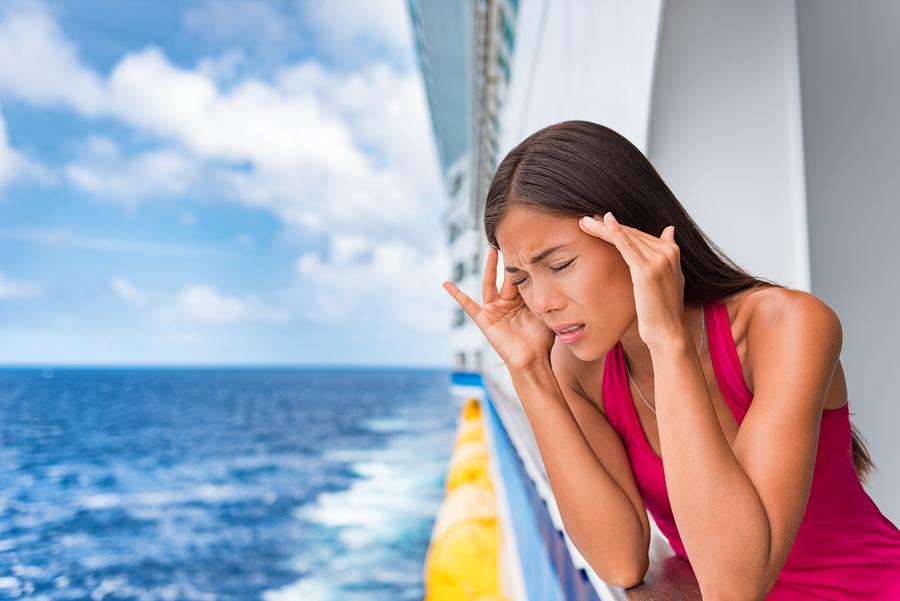How to Sleep After Seasickness

You’ve just signed up for an afternoon on a cruise and while it sounded like a good idea at the time, the seasickness you got on the boat and still feel once you are off the boat is not your idea of a good night. While it may seem like there is no end in site, seasickness can be treated so you can sleep through the night without feeling it. Let’s go over some ways on how to sleep after seasickness.
The condition, known as “reverse seasickness” or mal de debarquement syndrome (MdDS, disembarkment syndrome) usually happens to people who have spent a significant amount of time at sea. MdDS is relatively rare, but is extremely distressing and debilitating for those who suffer from it. It occurs because the brain, having adjusted to the movement of the ship as normal, now finds the sensations of being on firm land unfamiliar and abnormal. Everything feels too stable, leading to dizziness and uncontrollable lurching feelings. Sufferers feel like they are constantly walking on a trampoline, and they have to struggle to keep their balance. In some cases there are also nausea and a continuous rocking sensation. The only way to get relief from these symptoms is to go back on a boat, or travel by car or bus.
Mal de Debarquement Syndrome often lasts several weeks, but can last months or even years. Medically MdDS is considered to be a ‘self-limiting’ – in other words temporary – condition, however the symptoms are likely to become more severe and longer lasting with each subsequent trip on a boat (or sometimes plane). It seems that those who suffer from MdDS once will often face it again after their next trip at sea.
It is impossible to predict whether you will suffer from disembarkment syndrome after a cruise or voyage, although those who have little problem adjusting to the motion of the sea seem to be more susceptible. To try to prevent MdDS it is a good idea to start your seasickness precautions a couple of days before you board, and then continue them for a few days after returning to land – for example if you are taking ginger, start to take it before you board and continue the same dose throughout your trip and for a few days after disembarking. The same can apply to any medications that you may be taking, although do speak to your doctor first.
One of the biggest issues MdDS sufferers face when they return to land is sleeping through the night. To try and get your best night of sleep while suffering from MdDS, try these treatments and make sure you’re sleeping on natural bedding. The one positive about reverse seasickness, is that treatment is pretty much the same as seasickness. While it may seem like there’s no end in sight now, don’t give up hope. Most bouts with reverse seasickness only last for a few weeks after your trip.
Link to Us!
If you found this article useful and shareable, please copy and paste the following into the html code of your website or blog:
Learn More About Going Green at the <a href="https://www.plushbeds.com/blogs/green-sleep/how-to-sleep-after-seasickness">PlushBeds Green Sleep Blog</a>.
*Please note that we DO NOT accept guest blog posts. Any inquiries into this will be respectfully left unanswered.
The post How to Sleep After Seasickness appeared first on PlushBeds Green Sleep Blog.
